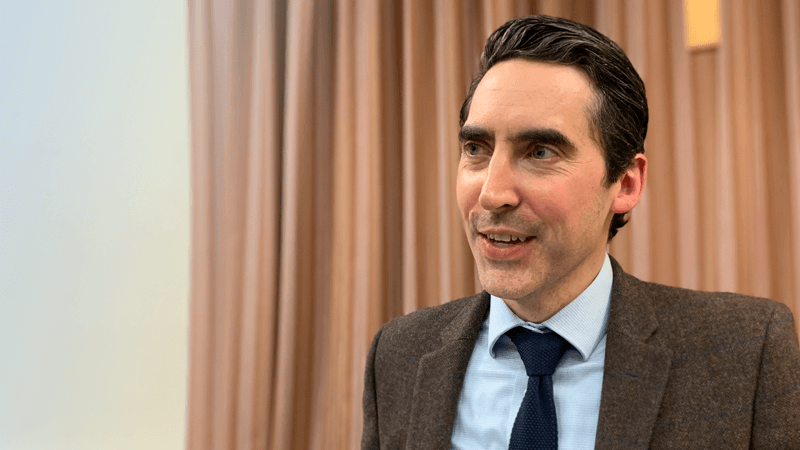The origins and rise of independency

While independent churches and congregations are now commonplace in the UK, such an idea was unheard of only a few hundred years ago.
Fuelled by an earnest desire to rediscover a ‘true’ Church, and kickstarted by the Reformation, early Puritans paved the way for the diversity of churches we see today.
The Christian Institute’s Autumn Lectures series on Independency and Freedom began with Dr Matthew Bingham of Oak Hill College speaking on the ongoing pursuit of biblical reform in the 16th and 17th centuries.
Half-reform
Dr Bingham argued that the Reformation was not a single event, but instead a continual, ongoing process. He considered the split from the Roman Catholic Church, non-conformity with the English Church, and finally a move away from the very concept of a national church.
Most well-known is the withdrawal from Rome, creating a Church in England. But for some, this was only the beginning of further reform.
While the Church of England was established by King Henry VIII as the new national reformed church, there were dissenters even very early on.
John Hooper wrote of the English Church in 1546 that “idolatry is no where in greater vigour. Our king has destroyed the pope, but not popery”.
His complaint was that although there had been some reform, much Roman Catholic doctrine and practice remained in the Church.
The first Separatists
Puritans wanted to remove these lingering vestiges, and pressed Queen Elizabeth I to legislate reform, which she did with the 1558 Act of Supremacy.
Part of what is known as the Elizabethan Religious Settlement, the Act ushered in some reform but then, as the name suggests, considered the matter settled.
While the changes went far enough for some, other Puritans felt reform could not be considered complete, but must rather be continued.
After numerous attempts to legislate reform, some Puritans tried non-compliance, by refusing to abide by what they felt were unbiblical church practices, such as wearing a clerical surplice.
Threatened with removal from the pulpit, most agreed to a degree of conformity so as to be able to continue preaching the Gospel.
But others left their parishes and instead set up their own illegal churches, becoming the first Separatists, and the fathers of independent churches in England as we understand them today.
Now that the door had been opened to independency from the Church of England, others began to question whether there should be a national church at all.
Dr Bingham concluded: “In their time these were shocking ideas, but have now arguably become the dominant paradigm.”
